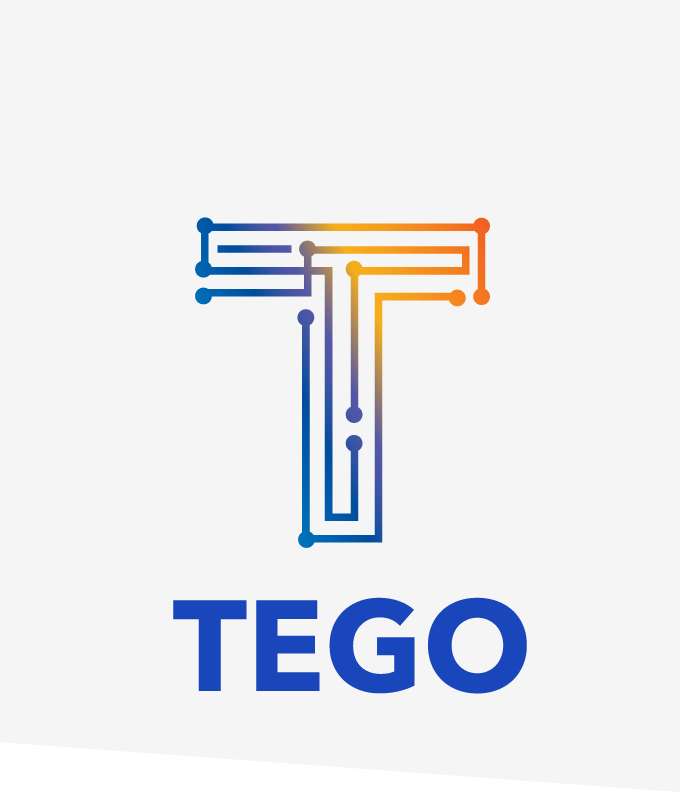Highlights from the Parenteral Drug Association Annual Meeting: pharma is in high hopes that flexible and continuous manufacturing will help them meet sterile production standards.
By LaVerne Cerfolio
Last week we had the honor to attend and exhibit at the Parenteral Drug Association’s Annual meeting in Anaheim, Calif. Not only was it a great chance to escape the Northeast’s extended winter, but there was also a great deal to learn from an industry that is amid rapid change and innovation.
For example, I was utterly surprised to learn that pharmaceuticals still … STILL … stand out as the “last remaining industry to continue with batch manufacturing as opposed to flexible or continuous manufacturing.” I suppose it comes with the territory; when you’re manufacturing highly sensitive, high-efficacy drugs you need the buffer, so to speak, that batch manufacturing affords to limit risk. Nonetheless, a good portion of the Meeting’s content focused on the promise of continuous flexible manufacturing, and how the parenteral drug industry can put it into play.
More importantly, these conversations signaled that manufacturing is catching up to the real clinical needs for certain oncology patients: personalized drugs. “One dose, one patient” is the future of medicine, but to execute safe manufacturing of these therapeutics, the entire approach to production must change. And it is changing.
Novartis, for example, gave a very insightful presentation on this score, related to its CAR-T (Chimeric Antigen Receptor- T cell) leukapheresis drugs. The company explained that in order to manufacture these personalized therapeutics, it had to move away from legacy linear, large batch manufacturing processes to a single patient, single batch, single dose model. Moreover, the patient-centricity inherent in leukapheresis drugs means that manufacturing, logistics and clinical care must work more collaboratively and more flexibly throughout a global supply chain.
Along with Novartis’ innovation, Merck is also delivering tangible results. In a presentation, the company reported that one of its facilities has incorporated a flexible manufacturing process, and seen a boost in productivity that astounds: a 45 percent reduction in bulk production end-to-end lead time, down to 149 days from 270.
Amidst all the buzz about new or streamlined continuous manufacturing practices, there are still many lingering questions about how to attain — and maintain — sterility standards. In batch processing, if contaminants find their way into production, damage will be limited to the batch, by default. The real challenge comes with putting into place a scheme for continuous environmental monitoring, where rigorous controls and detection must occur on an ongoing basis. How can a facility easily do this without necessitating additional steps that might increase the chance of exposure?
You can imagine our elation when PDA President and CEO Richard Johnson himself expressed his excitement about Tego’s work to bring Industry 4.0 innovation to aseptic drug manufacturing. He easily grasped how the realized benefits of distributed asset intelligence in industries like aerospace translate to the CGMP environment, to support facilities’ transition to continuous aseptic manufacturing.
To learn more, set up a review of Tego’s touchless Environmental Monitoring solution at https://tegoinc.com/contact/, or give us a call.




